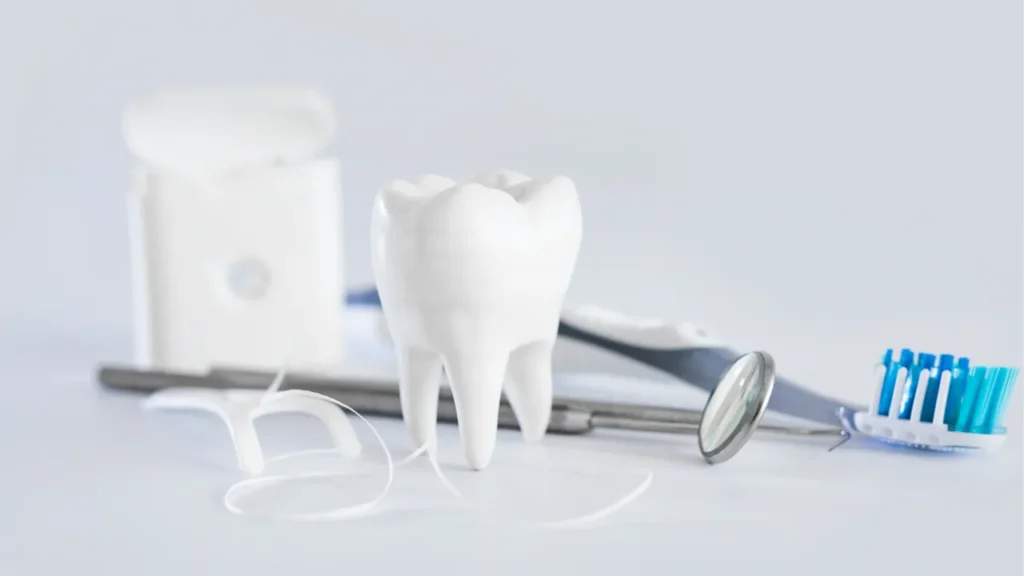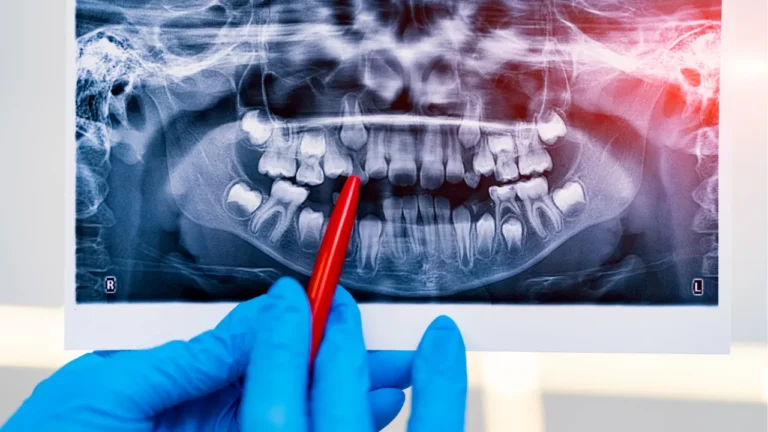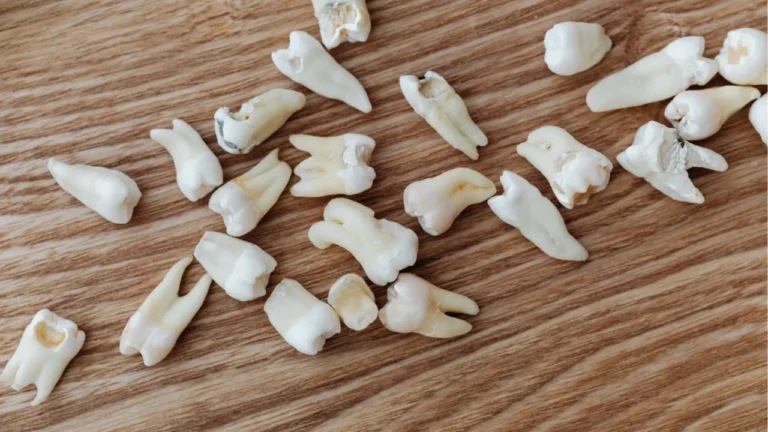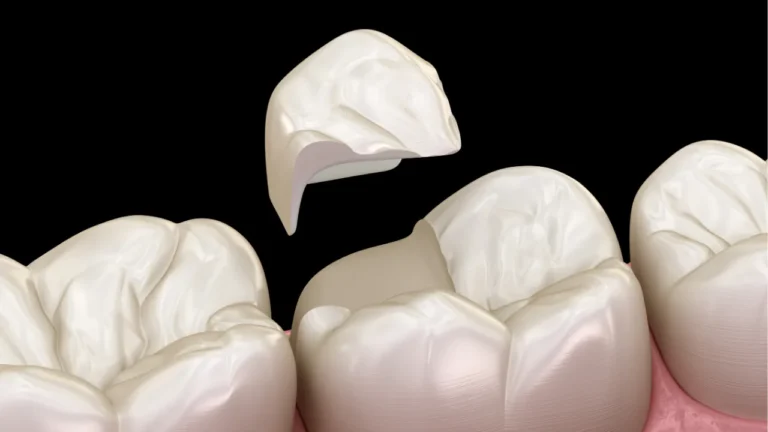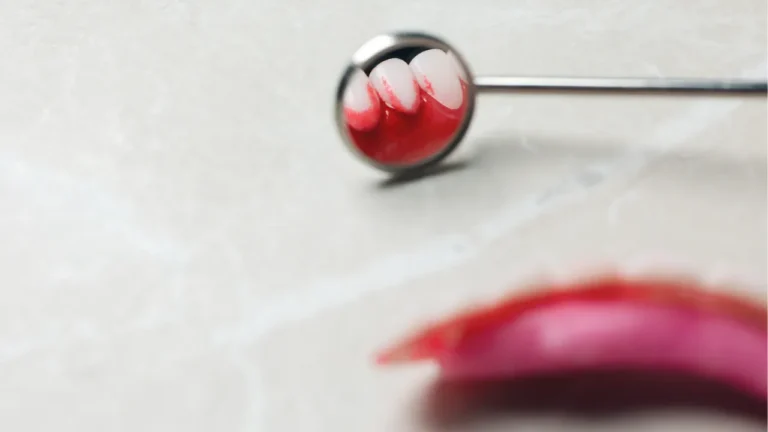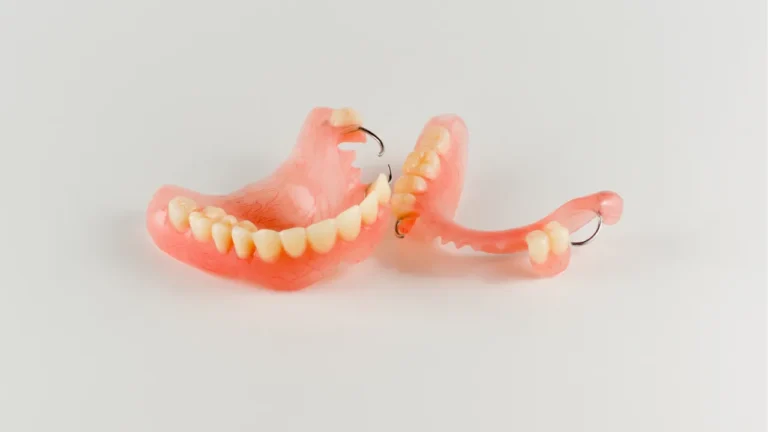A knocked-out tooth can feel alarming, but acting quickly can often save it.
The first few minutes are critical—knowing the right emergency steps can make the difference between keeping and losing your tooth. From how you handle the tooth to what you should do before reaching a dentist, proper care is key.
In this guide, we’ll walk through the essential steps to take if you or someone you know experiences this dental emergency.
Short Summary
- Act fast to improve chances of saving a knocked-out tooth.
- Handle the tooth gently, avoid touching the root.
- Rinse carefully if dirty; do not scrub or dry.
- Reinsert the tooth if possible, or keep it moist.
- Store in milk or a tooth preservation solution, never water.
- Seek emergency dental care within 30 to 60 minutes.
- Use mouthguards and practice good oral hygiene to prevent future injuries.
In this guide, we’ll walk you through what to do if a tooth gets knocked out and how to handle the situation effectively.
Why Acting Quickly Matters
When a tooth is knocked out, the tissues, nerves, and blood vessels connected to it are damaged.
However, if the tooth is properly handled and reinserted within 30 to 60 minutes, there is a higher chance of successfully saving it.
The key to increasing the chances of reattachment is to keep the tooth moist and seek professional dental care immediately.
Emergency Steps to Take
1. Retrieve the Tooth Carefully
Pick up the tooth by the crown (the white part you normally see in the mouth).
Avoid touching the root (the part that was inside the gum) to prevent further damage to the delicate fibers that help with reattachment.
2. Rinse the Tooth Gently (If Dirty)
If the tooth is dirty, rinse it gently with water for a few seconds.
Do not scrub or use soap, toothpaste, or any chemicals.
Do not dry the tooth or wrap it in tissue or cloth, as this can damage the root cells needed for reattachment.
3. Try to Reinsert the Tooth into the Socket
If possible, carefully push the tooth back into the socket in its correct position.
Hold it in place by gently biting down on a clean cloth or gauze.
If you are unable to reinsert it, move on to the next step.
4. Keep the Tooth Moist
If reinserting the tooth isn’t possible, it is crucial to keep it moist until you reach the dentist. Here’s how:
- Place it in milk – This is the best option for preserving the tooth’s root cells.
- Use a tooth preservation kit – If available, use an emergency tooth preservation solution (such as Save-A-Tooth®).
- Hold it inside your mouth – If no other options are available, keep the tooth in your cheek to keep it hydrated (only for older children and adults, as younger children may swallow it).
Do NOT store the tooth in water – Water can damage the root cells, making reattachment less likely.
5. Seek Emergency Dental Care Immediately
Time is critical! Try to see a dentist within 30 to 60 minutes for the best chance of saving the tooth.
If a dentist is not available, visit an emergency room or urgent care center.
What to Expect at the Dentist
When you arrive at the dentist’s office, they will:
- Examine the tooth and socket for any additional damage.
- Clean the tooth and socket before attempting reinsertion.
- Secure the tooth with a splint (a small wire or plastic device) to hold it in place for a few weeks.
- Monitor healing to ensure the tooth properly reattaches to the bone.
If the tooth cannot be saved, the dentist will discuss replacement options, such as dental implants, bridges, or dentures.
Preventing Future Knocked-Out Teeth
While accidents happen, there are steps you can take to minimize the risk of tooth loss:
- Wear a mouthguard when playing sports, especially contact sports like football, basketball, or hockey.
- Avoid using teeth as tools (e.g., opening packages or biting hard objects).
- Maintain good oral health to keep your teeth and gums strong.
- Be cautious with children – Teach them how to protect their teeth during play and avoid falls.
Final Thoughts
A knocked-out tooth can be a stressful situation, but acting quickly and following the right steps can make a huge difference.
Remember: retrieve, rinse, reinsert (if possible), keep it moist, and get to the dentist immediately!
At Every Smile Dentistry, we offer emergency dental care to help save your smile.
If you or a loved one experiences a dental emergency, contact us right away for expert care!

